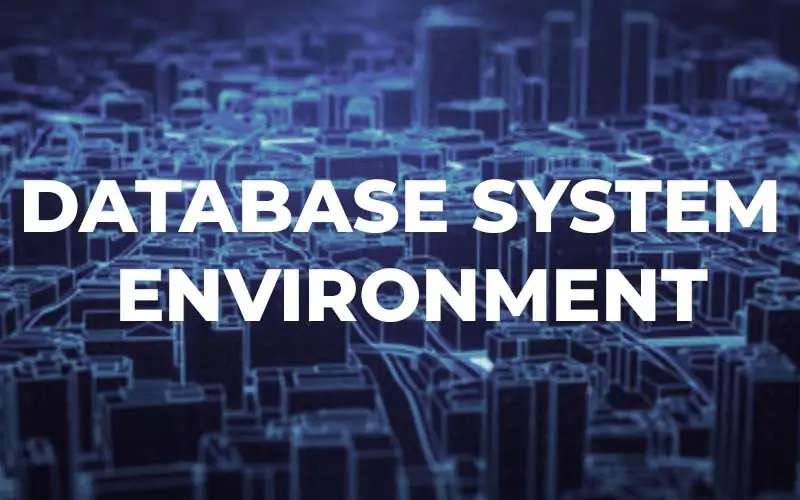What is RDBMS and it’s Characteristics?
The RDBMS is the modern day database technology and commonly used database software for data processing. There are many RDBMS software packages which are based on the relational technology. They are Oracle, DB2, MS SQL Server, MS Access, Sybase, and Ingress, and they are commonly adopted commercial DBMS. The relational database management systems are based on the rules of relational model suggested by Dr. E. F. Codd in his well -acclaimed paper in 1970. In relational model, the data is modeled as relations or tables. The relational technology has sound theoretical foundation.
Characteristics OF RDBMS
Relational database management system is so dominant in the current era that you are very likely to use it. The great strength of RDBMS is that data are represented in simple logical constructs: relations or tables. It is based on the set theory. From the set theoretical stand point, each relation is a set and therefore we can manipulate each relation using set theory rules like union and intersection of sets.
From user point of view, the RDBMS database is perceived as collection of well organized tables. Each table corresponds to independent entity, and there is no relationship between tables. It eliminates parent chain relationship (as it was in network and hierarchical models) and represents data in database as simple row, column (two-dimensional) tables of data values. The objects about which we wish to store the data are stored in tables as rows that represent individual record and columns that represent characteristics (attributes) of the object. There are no limits to the number of rows or columns except that such limitations may be imposed by a typical RDBMS implementation. The records in the table have no specific order, and the columns can appear in any order. Each row which represents a record is an instance of the object.
A column, which represent attribute, holds a value for each record in a specific format. The values confirm to the domain from which they are assigned. Two or more attributes can get their values from the same domain. For example; a customer name and employee name can come from the same domain. A domain is a set of permitted values for an attribute. The values may be defined by type such as integer, character, string, etc.
Data in a table may be retrieved by a query (data language). Data language also allows data manipulation. The query language is known as data language, and it is non -procedural language since it is not necessary to write the procedure for the work to be done but can only specify what needs to be done. The language used for manipulating data is called Data Manipulation Language (DML) and consist of set of commands. In the chapter we will discuss keys, relational operators, data integrity, data dictionary and types of relationship.



